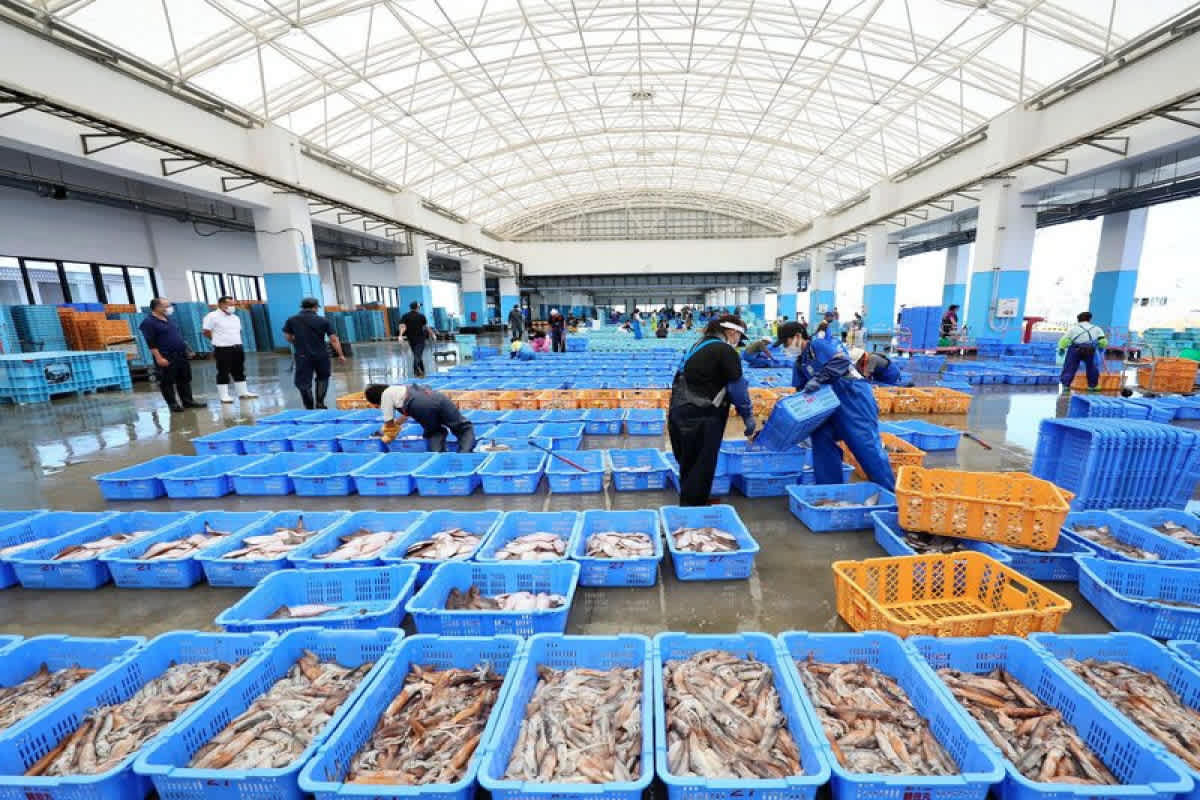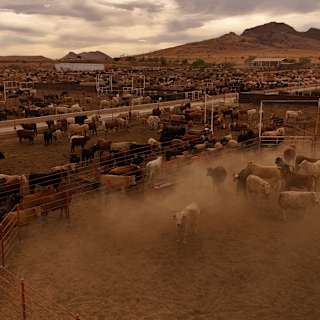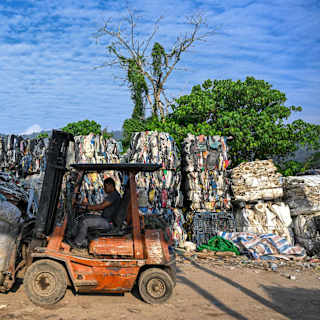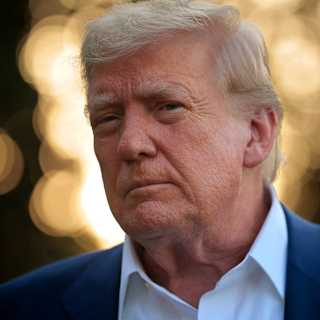- Partial Resumption With Conditions
- Origins of the Dispute
- Diplomatic Considerations
China on Sunday lifted most restrictions on Japanese seafood imports that it imposed nearly two years ago over the discharge of treated radioactive wastewater from the Fukushima nuclear power plant, marking a significant step toward resolving a trade dispute that has strained relations between the Asian neighbors.
Chinese customs authorities said long-term international monitoring of the water discharge and independent sampling by China "showed no abnormalities," leading Beijing to "conditionally resume" imports from most of Japan. The move removes a major trade barrier that had cost Japan's fishing industry access to its largest overseas market.

The lifting applies to seafood from 37 of Japan's 47 prefectures, but China will maintain restrictions on products from 10 prefectures including Fukushima and Tokyo that were imposed after the 2011 nuclear disaster12.
Japanese seafood exporters must reapply for registration in China and provide health certificates, certificates of compliance for radioactive substance testing, and certificates of origin2. Processing facilities must also be registered and products must pass radiation checks1.
"Resuming seafood exports, which are a significant export product of our country, to China is a huge milestone," said Agriculture Minister Shinjiro Koizumi, according to Japanese broadcaster NTV3.
China imposed the blanket ban in August 2023 after Japan began releasing treated wastewater from the tsunami-damaged Fukushima plant into the Pacific Ocean12. The water, used to cool radioactive fuel, is treated to remove most radioactive elements except tritium before being diluted and discharged2.
The International Atomic Energy Agency endorsed Japan's discharge plan, concluding it would have "negligible radiological impact on people and the environment"3. But China argued the release would endanger fishing communities on its east coast2.
The ban was a major blow to Japan's fisheries industry, as China accounted for more than one-fifth of Japanese seafood exports24.
The resumption follows an agreement reached between the two governments in September 2024, with China promising to gradually resume trade based on third-party monitoring of the water release1.
According to Kyodo News, the move "apparently reflects China's interest in improving ties with Japan at a time when it is engaging in a trade war with the United States"1.
However, it may take several months before actual shipments resume due to procedural requirements12.



